Home should be a safe haven for you and your family – a place to relax and feel comfortable. But sometimes, things happen that can turn your home into a hazard. Here are 8 common home safety hazards and how to resolve them.
1. Hidden Electrical Cords
Every year, thousands of people are injured by electrical cords that are left out in the open. tripping over them. In most cases, these injuries could have been easily avoided if the cords had been hidden from view.
There are a number of different ways to hide electrical cords, depending on the layout of your home and the type of furniture you have. One popular option is to use cord covers, which are available in a variety of shapes and sizes.
Another option is to tuck the cords behind furniture or under rugs. In some cases, it may also be possible to route the cords through the walls. By taking a few simple steps to hide electrical cords, you can help to keep your family safe from harm.
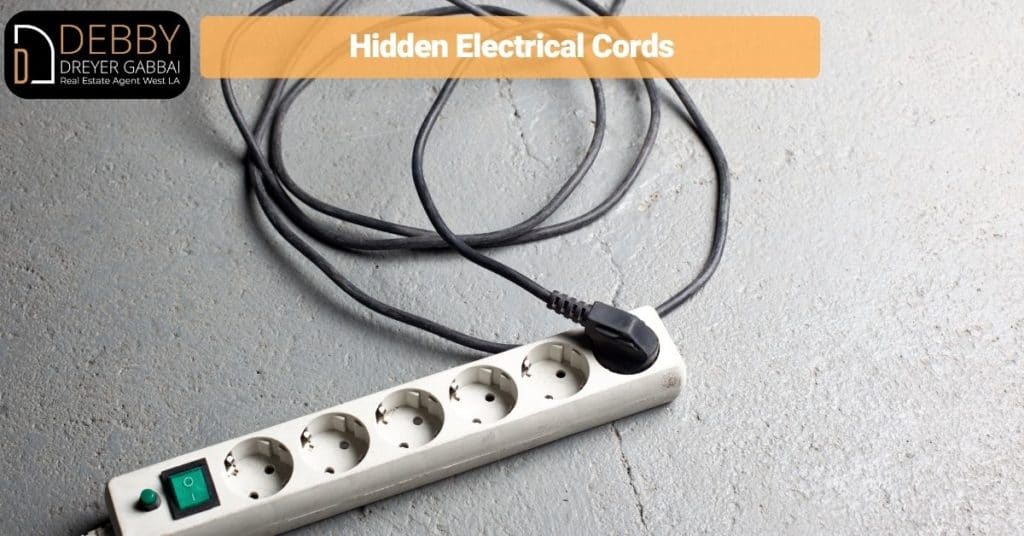
2. Clutter
One of the most common safety hazards in the home is clutter. Clutter can be defined as any type of object that is not being used or needed, and it can quickly accumulate in any room of the house. While it may seem harmless, clutter can actually be quite dangerous.
It can create trip hazards, block exits, and make it difficult to find essential items in an emergency. Luckily, there are a few simple steps that you can take to reduce the amount of clutter in your home.
First, make a rule that for every new item that comes into the house, one old item must be removed. This will help to prevent your home from becoming overrun with possessions. Second, set aside some time each week to declutter your living space.
This will help you to stay on top of the mess and keep your home safe and organized.
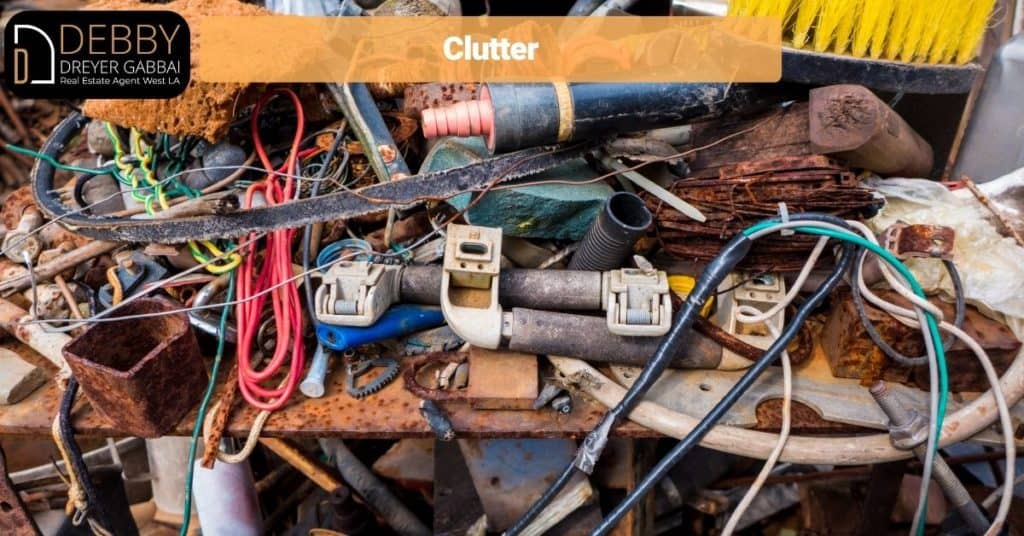
3. Improper Use of Extension Cords
Improper use of extension cords is a common home safety hazard. While extension cords can be a handy way to extend the reach of electrical outlets, they must be used correctly in order to avoid potential fire and shock hazards.
When using extension cords, always make sure that they are rated for the wattage of the appliance or power tool that you are intending to use. Never overload an extension cord by plugging in multiple devices; if you need additional outlets, use a power strip instead.
Avoid running extension cords under carpets or furniture, as this can damage the cord and create a fire hazard. If an extension cord must be run across a doorway, make sure that it is securely fastened out of the way to avoid tripping hazards.
Lastly, always unplug extension cords when they are not in use, and never attempt to repair them yourself; damaged cords should be replaced by a qualified electrician. By following these simple guidelines, you can help to keep your home safe from electrical hazards.

4. Faulty Wiring
Faulty wiring is one of the most common home safety hazards. According to the National Fire Protection Association, electrical fires accounted for an estimated 21,400 home structure fires in the United States in 2018.
And while many people think that older homes are more likely to have outdated electrical systems, this is not always the case. Even newly constructed homes can have wiring problems if the electrical work is not done properly.
The good news is that there are a few things you can do to help prevent electrical fires in your home.
First, make sure that all of your outlets have proper cover plates and that no wires are exposed.
Second, do not overload outlets by plugging in too many devices. If you need to use multiple extension cords, make sure they are rated for the correct amperage, and do not daisy-chain them together.
Finally, have your home’s electrical system inspected by a licensed electrician every three to five years. By taking these simple precautions, you can help keep your family safe from electrical fires.
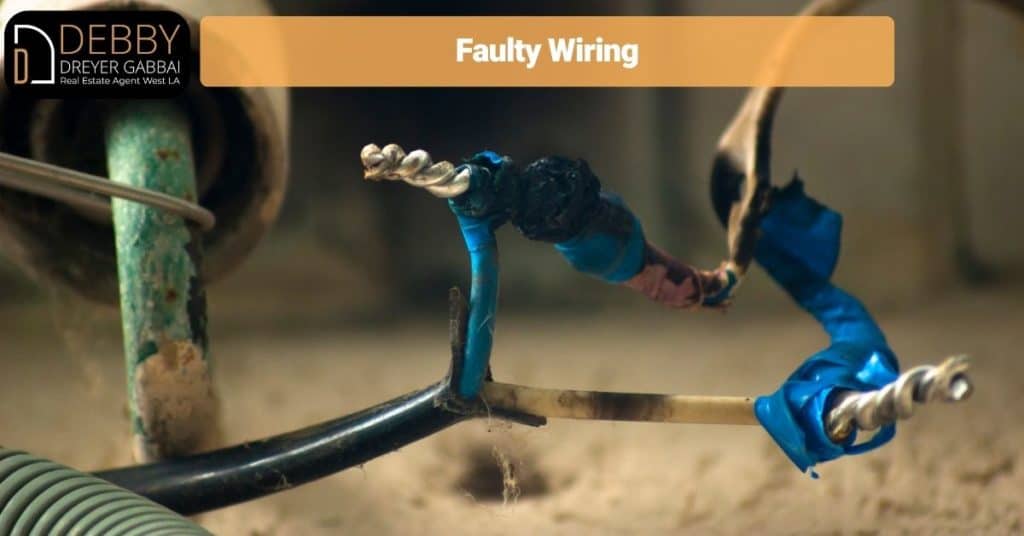
5. Overloading Outlets
One of the most common home safety hazards is overloading outlets. When too many appliances are plugged into a single outlet, it can cause a fire. To avoid this hazard, use only one appliance per outlet.
If you need to use more than one appliance, plug them into different circuits. You can also use surge protectors to help protect your appliances from power surges.
Another way to resolve this hazard is to have a professional electrician inspect your home’s electrical system to make sure it is up to code. By taking these simple precautions, you can keep your home safe from fire hazards.
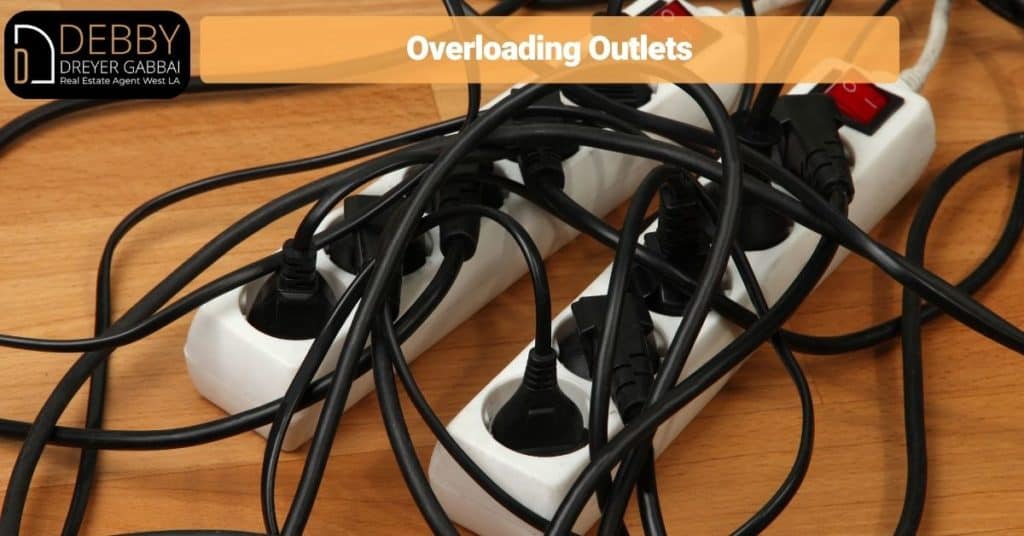
6. Candles and Incense
Candles and incense are often used to create a pleasant atmosphere in the home. However, if not used carefully, they can also be a fire hazard.
According to the National Fire Protection Association, open flames are the leading cause of home candle fires. To reduce the risk of a fire, always keep candles away from flammable objects such as curtains, books, and paper.
In addition, make sure to blow out candles before leaving the room or going to bed. Incense sticks can also pose a fire hazard if not used properly. Always place them in a heat-resistant holder on a stable surface before lighting them.
In addition, make sure to keep them away from flammable objects and never leave them unattended. By taking simple precautions, you can enjoy candles and incense without putting your home at risk.
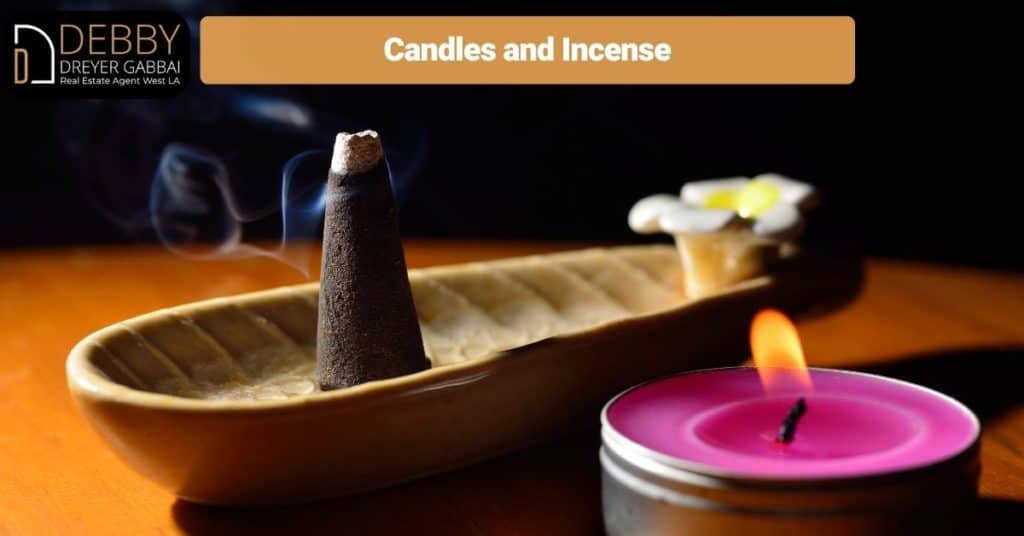
7. Pets in the Kitchen
The kitchen is full of potential hazards for pets, from electrical outlets and sharp knives to hot stovetops and poisonous cleaning products. However, there are a few simple steps that pet owners can take to make their kitchens safe for both two- and four-legged family members.
First, keep all food items, including garbage, out of reach. Pets are often attracted to the smell of food, and they may jump up on counters or rummage through trash cans in search of a snack. If possible, designate a separate area for pet food and water bowls, away from countertops and appliances.
Second, childproof all of your electrical outlets, and keep cords and wires hidden or out of reach. Chewing on cords is a common cause of electrical shocks in pets, which can be fatal.
Finally, always keep an eye on your pet while you are cooking. Hot stovetops and boiling water can easily burn curious noses or paws. By taking these precautions, you can help to ensure that your kitchen is a safe place for all members of the family.

8. Children Playing With Matches
Children playing with matches is a common safety hazard in the home. Matches can easily be lit, and if left unattended, can quickly start a fire.
In addition, matches can be swallowed or inhaled, which can cause serious health problems. If you have children in your home, it is important to take steps to prevent them from playing with matches.
First, make sure that all matches are stored in a safe place, out of reach of children. Second, teach your children about the dangers of playing with matches. Explain that matches can start fires and that swallowing or inhaling them can be very dangerous. Finally, supervise your children closely when they are around matches.
If you see them trying to play with matches, intervene immediately and redirect their attention to another activity. By taking these precautions, you can help to keep your children safe from the dangers of playing with matches.
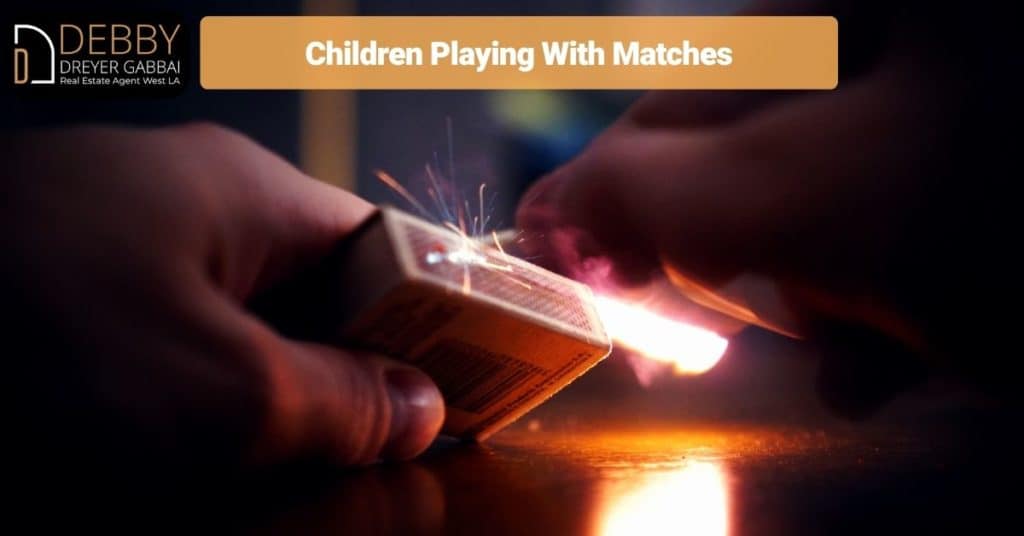
In conclusion
While there are many potential hazards in the home, there are also simple steps that you can take to prevent them. By being aware of common hazards and taking precautions, you can help to keep your home safe for both yourself and your family.
